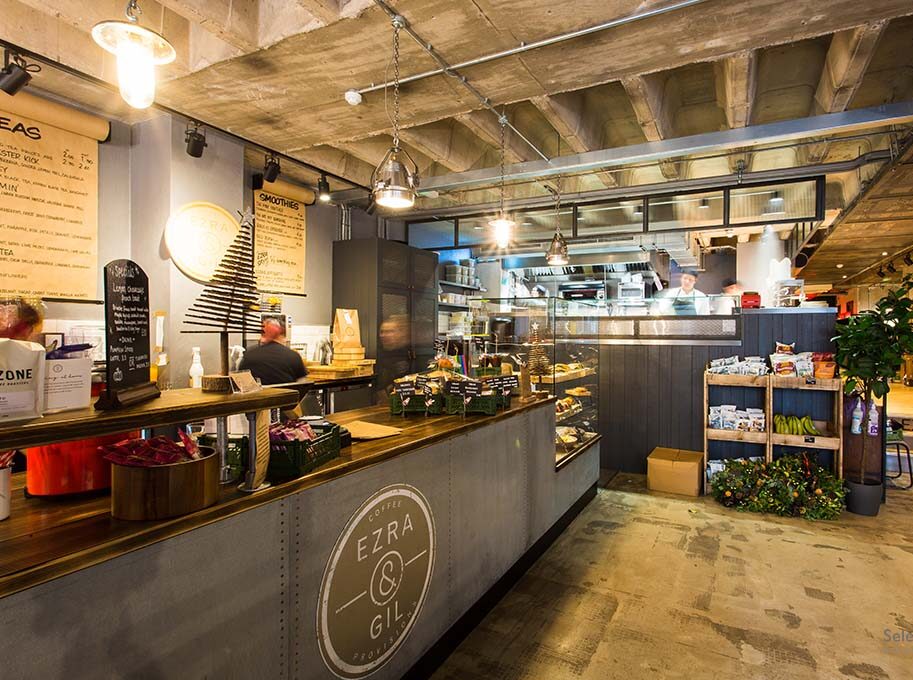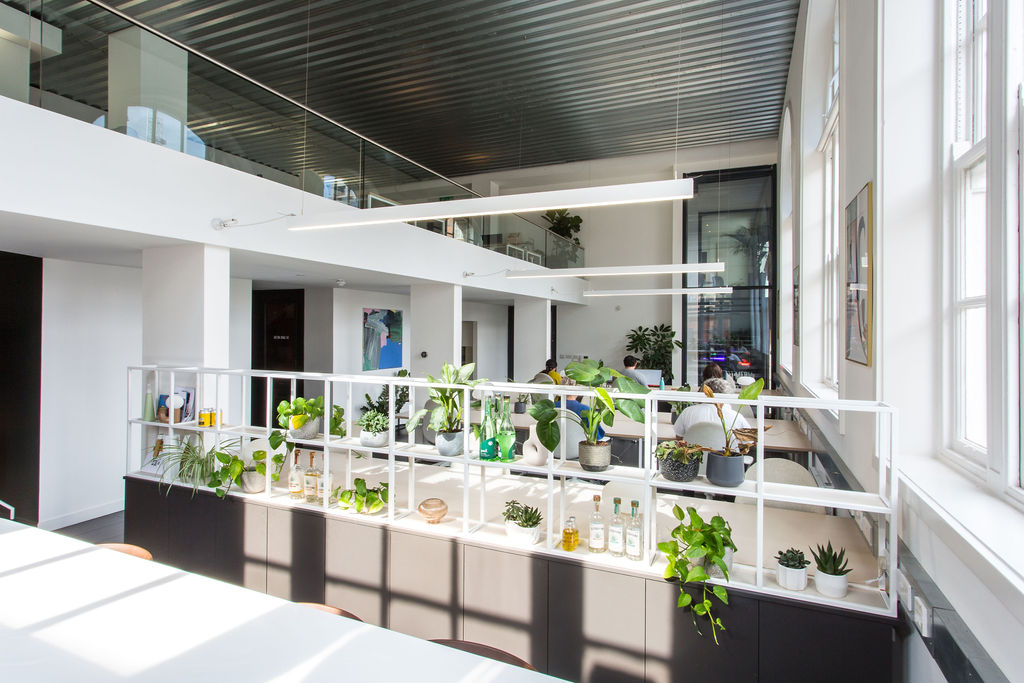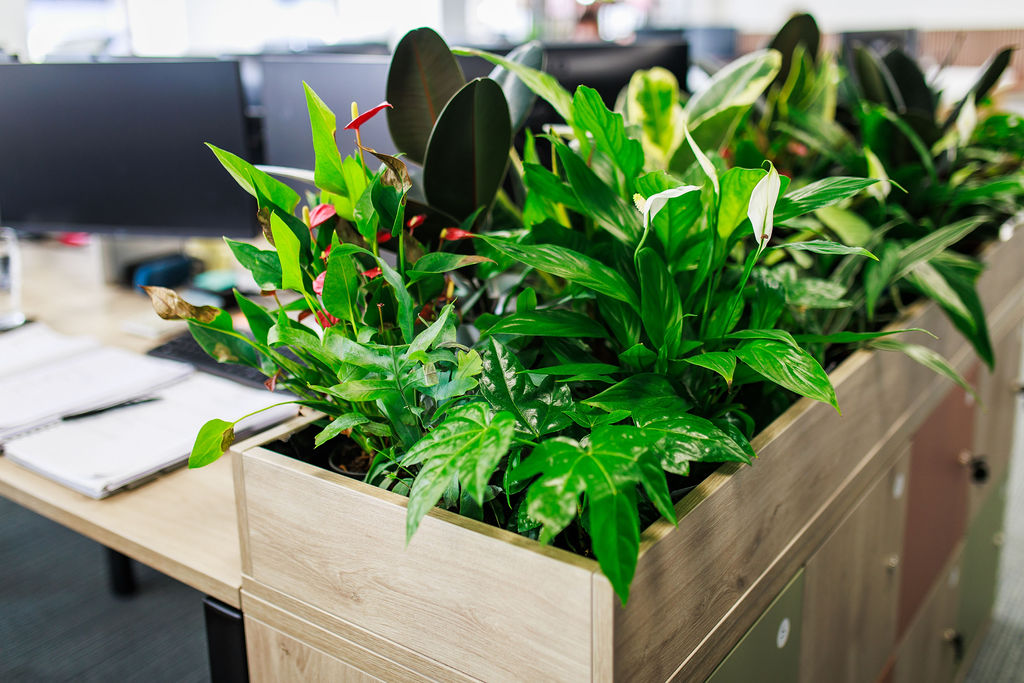A workplace that truly supports the well- being of its occupants must go beyond just protecting their physical health. In this section we offer suggestions for achieving well-being by taking a holistic approach that addresses physical and psychological health and well-being in the workplace
Design to improve mental health
Numerous factors increase stress levels. Lack of control over work process and workspace, enclosed and poorly lit spaces, plus noise and interruptions in concentration are some key contributors to stress. Some ways to address this in the workplace include the following:
Increase the availability of user control
over the workspace
Fundamentally, environmental control is about giving people the workplace design, furnishings, technology, and a policy that provide choice over how to work, as opposed to being limited by the space or corporate policies. Environmental control can contribute numerous benefits, including group effectiveness, employee engagement, job satisfaction, and group cohesiveness
- Specify flexible task lighting so that the individual can control brightness and position of lighting source.
- Ensure workplace flexibility through adjustable furnishings, such as seating, adjustable height desks, shelving and display.
- Create a variety of individual, group, and social interaction spaces that let employees choose the workspace size, type, furnishings, and technology that fit their immediate work needs
- Ensure workstations and collaborative areas have a view to the outside
- Incorporate plants into the design of the space
- Design using natural materials and patterns that evoke nature
- Create open plan areas to address people’s affinity for wide, open spaces
- Incorporate height-adjustable desks into the space
- Encourage staff to use the stairs rather than just taking the lift. In the current climate this is
- Strategically place water dispensers, photocopiers, vending machines, and other amenities to encourage walking between areas
- Promote movement by developing walking routes and encouraging walking meetings and standing meetings, you may be surprised it changes the dynamic and energy
- Consider implementing activity-based settings / policies where people are free to move to their workspace of choice according to the needs of the task
- Avoid noise distraction – E.g no hands-free speaker phones in areas where people need to concentrate. Also, locate noisier teams apart from quieter teams. Since team members are more tolerant of noise from their team members, be sure to co-locate them with like minded individuals. Typically accounts staff will require quiet and sales staff are happy to function in a hubbub as anyone will realise that has visited a recruitment office
- Reduce noise distraction – Manage density and acoustics. Lower density areas produce less noise. Acoustical devices (e.g., natural soundscapes) reduce speech intelligibility and noise transference across spaces and between rooms by installing acoustic screens / rafts and acoustic bags above ceiling tiles
- Educate employees – Communicate policies and design choices that foster consideration among colleagues.





